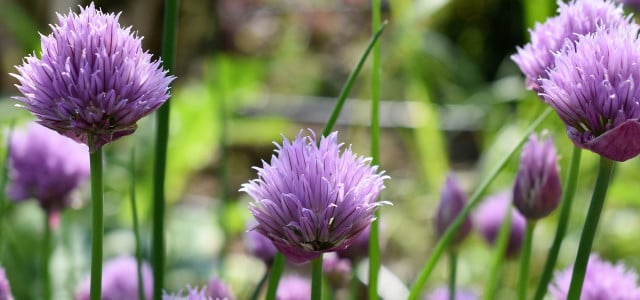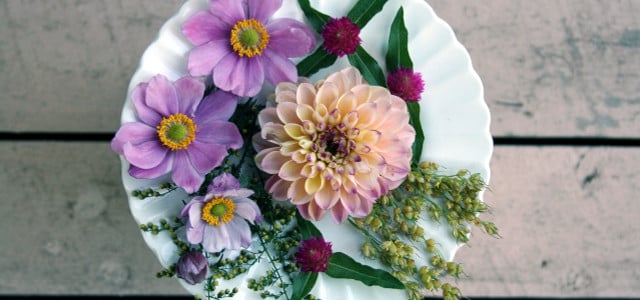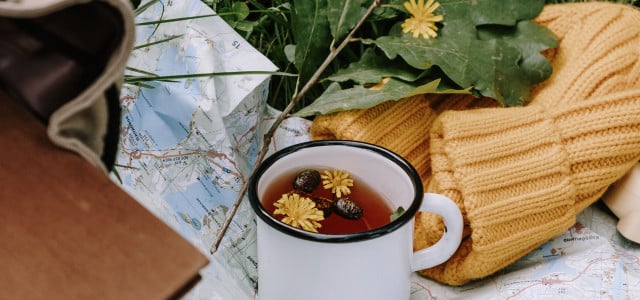Dandelion is known for its therapeutic properties and uses as a home remedy for many ailments. Here we show you how to preserve dandelions – from flower to root.
Dandelions are one of the most recognized and prevalent flowers in the world. Most of us will simply view them as a nuisance, particularly in the garden and on the lawn, but instead of just getting rid of this stubborn little plant, you should explore the many uses the humble dandelion has. Not only that, dandelions are a fantastic source of vitamins C, A, and K not to mention potassium and powerful antioxidants, which are all vital to a healthy body. If you’re wondering how to preserve dandelions for later use, you’ve come to the right place.
4 Handy Uses for Dandelions
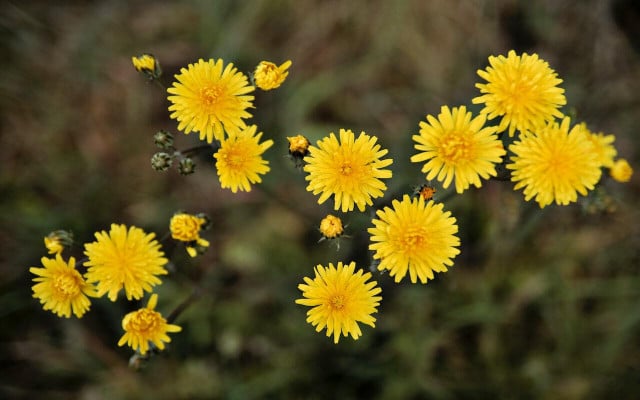


There are so many ways to use this plant, so learning how to preserve dandelions is a good idea. These bright yellow flowers can be beneficial in the following ways:
1. Eating Dandelions
Whether using the fresh leaves for a salad or added to your favorite cooked dish. The flowers can be boiled and then sautéed in a frying pan with your choice of seasoning. You can even make fritters out of dandelion flowers by dipping them in a tasty batter mix before deep frying them in oil. Fresh dandelion can be added to iced tea for a light lemony taste, made into dandelion honey and the flower petals can be added to baking mixes for pancakes, muffins, and cookies.
2. Dried Dandelions
Aside from the flowers, dandelion greens can be dried easily and used in a variety of ways. Best of all when properly dried and stored, dandelion greens will last for months. The dried leaves can be crushed and then added to herbal tea mixes, sprinkled into soups and stews, or just sprinkled directly onto salads.
3. Dandelion Fertilizer
Like any plant matter, it should be no surprise that dandelions can be used as an organic fertilizer for your garden beds. Dandelions are packed full of the many nutrients that healthy soils need, so instead of just tossing away unused dandelion stalks and roots, repurpose them as a great (and entirely natural) fertilizer option.
4. Dandelion Oil
You can easily make your own dandelion-infused oil, herbal salve, or balm at home. Not only do they smell nice, but they also boast antiseptic and anti-inflammatory properties that can soothe skin and minor abrasions naturally.
Preserving Dandelions: Harvesting Tips
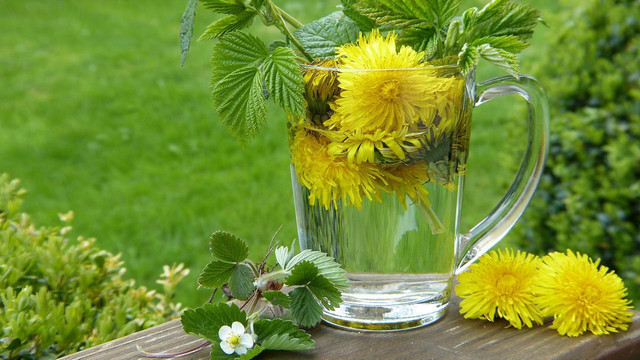


Make sure that your dandelion harvest is entirely free of herbicides and pesticides. To ensure this, sourcing them from your own garden is the best way to go. Another alternative would be to source them from an area that is away from human activity and farmland where these nasty chemicals can be carried by the wind, thus affecting the dandelions you are harvesting. Avoid high-traffic areas, especially those used by wild animals or local pets. Dandelions should also only be harvested once the flower is in full bloom and all the petals are still vibrant and intact.
Regardless of where you harvest your dandelions, you will need to thoroughly wash the whole plant from flower to root.
- The stems and roots will need to be scrubbed gently in water to remove any dirt, contaminants, or insects that may still be present.
- Use a clean pair of scissors to snip off leaves and flowers – retain a bit of the stem on the flowers so you can keep them fresher for longer in water.
- Once your dandelions are all washed, you can pat dry them with a clean textile cloth. Let the dandelions rest for uncovered around 30 minutes to allow any remaining droplets of water to evaporate before storing.
- You will need to keep your harvest fresh before preserving your dandelions. This usually means storing them loosely in a reusable bag and placing them in the refrigerator.
How to Preserve Dandelions: 3 Methods
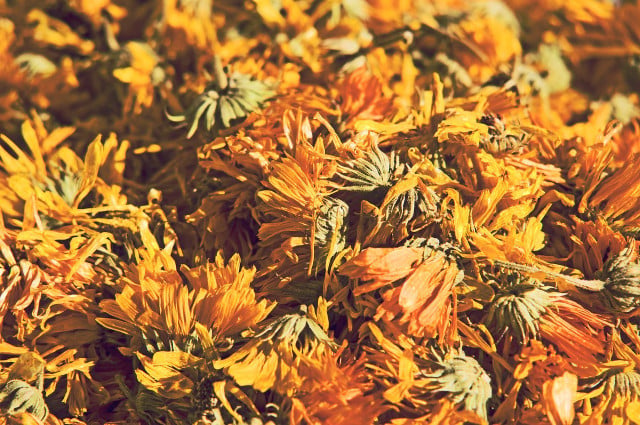


Open Air Wilting
The simplest way to dry out your harvested dandelions is to let them wilt naturally in the open air. This method will help preserve the beneficial oils and vitamins present in the dandelions and doesn’t require any excess energy. This drying method for dandelions is particularly good for those aiming to use their dandelions in oil infusions or homemade cosmetics. Choose a table or countertop that is free of direct sunlight or wind to ensure the flowers dry out evenly.
- Spread the dandelions out evenly on old newspaper or paper towels in a single layer to prevent them from getting moldy.
- Leave them there for several hours to dry out. Depending on humidity and temperature levels, they may need to dry out overnight.
- To help things along try turning and repositioning the dandelions once or twice to speed up the drying process.
Sun Drying
Sun drying is really suited to those wanting to make herbal tea blends with their newly-dried dandelion harvest. Much like wilting, drying dandelions in the sunlight is entirely natural and will dry out your dandelions in even less time.
- Spread out your dandelions evenly in a single layer on a large tray and place them outside somewhere where they will be exposed to direct sunlight for the longest duration.
- Dependent on the climate unique to the area where you live, this could take a couple of hours or a whole day to dry the dandelions properly.
- Keep an eye on them as you don’t want your flowers crispy and burnt rather than dried.
Use A Dehydrator
For those who live in climates that aren’t suitable for dandelions to be dried in open air or in the sun, a food dehydrator can be a helpful tool.
- Evenly arrange the dandelions on the dehydrator trays and set the drying temperature to a lower heat. This will prevent any potential for drying the flowers and stems out too much, which would render your harvest nearly completely useless.
No matter which way you dry your dandelions, they can be mixed directly into green or black tea. You might want to add other dried herbs for seasoning and salads. Dried dandelions can have a long shelf life so long as they are stored correctly in a dry airtight container out of direct sunlight.
Read more:
- How to Dry and Preserve Flowers: 3 Easy Methods
- Are Nasturtiums Edible? Growing and Eating This Flowering Plant
- Drying Oregano: How to Preserve the Flavor
Do you like this post?









